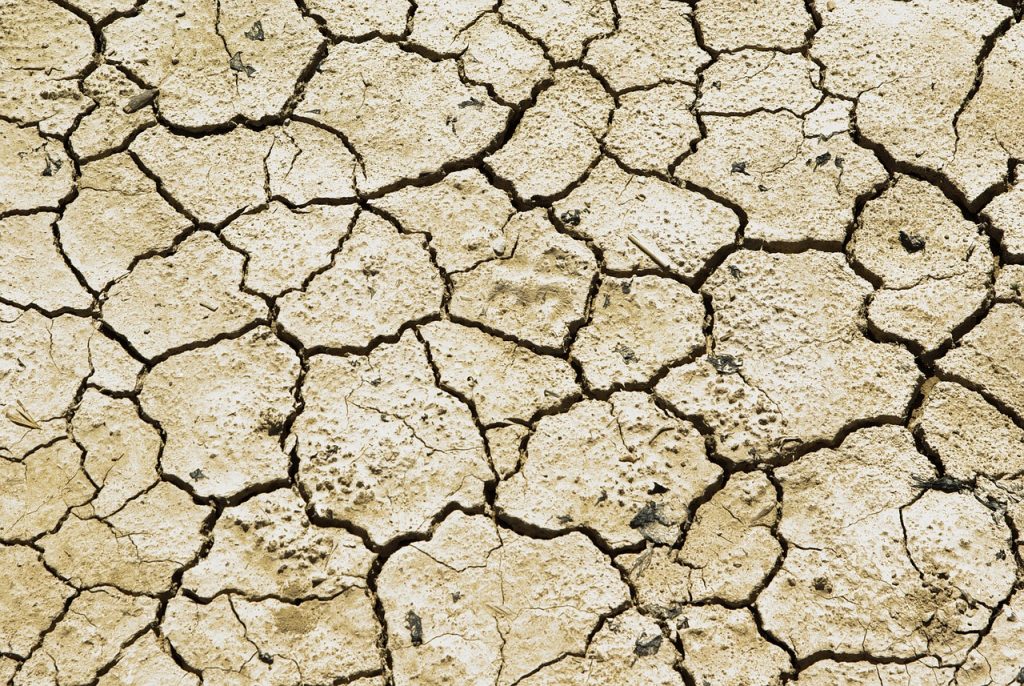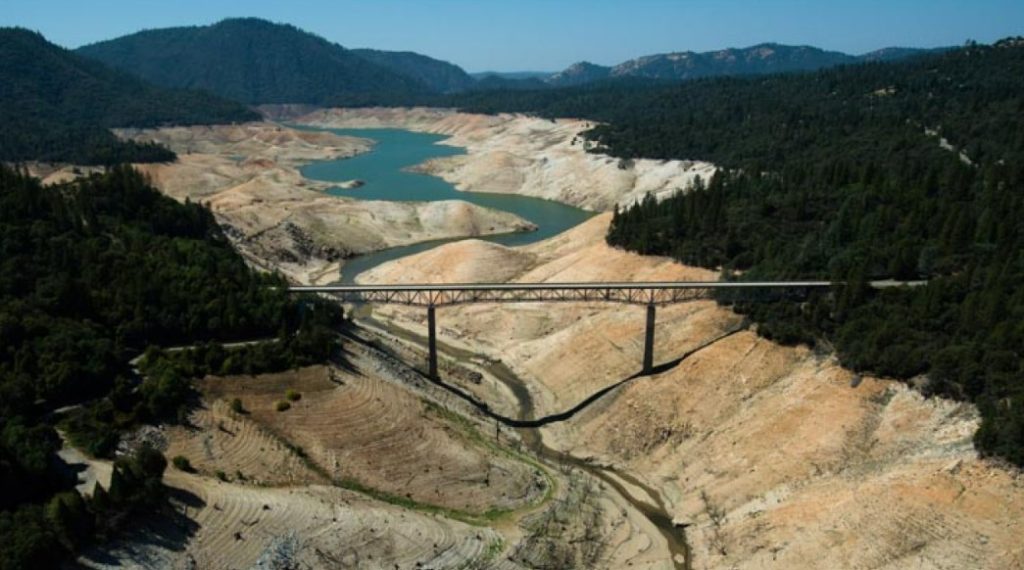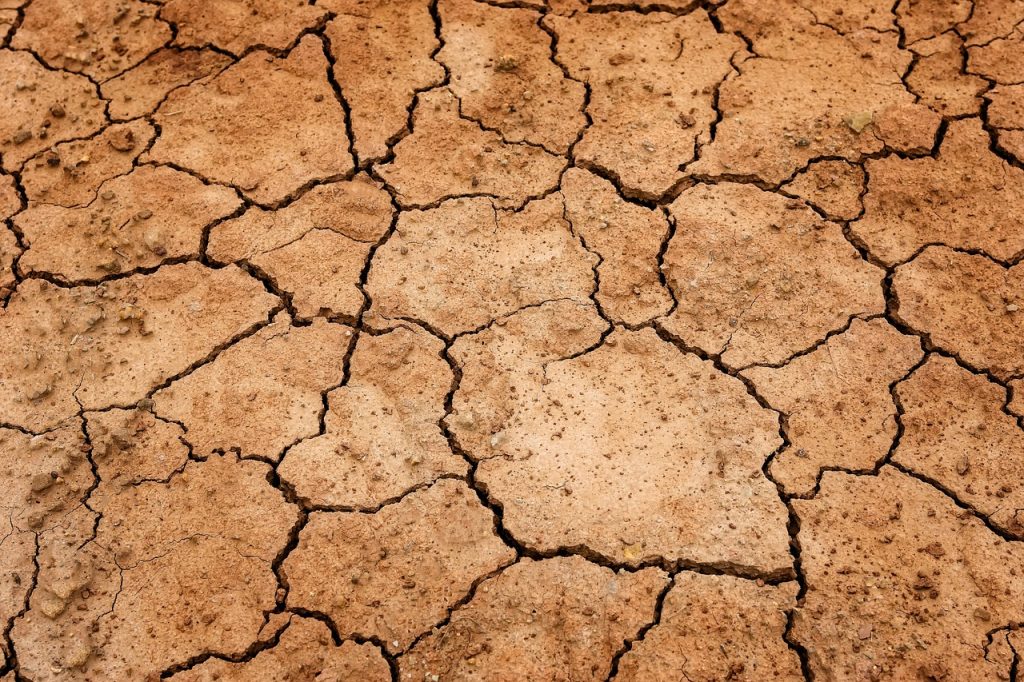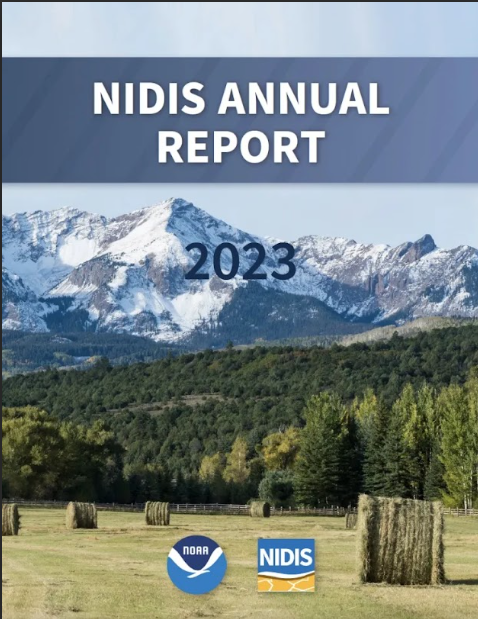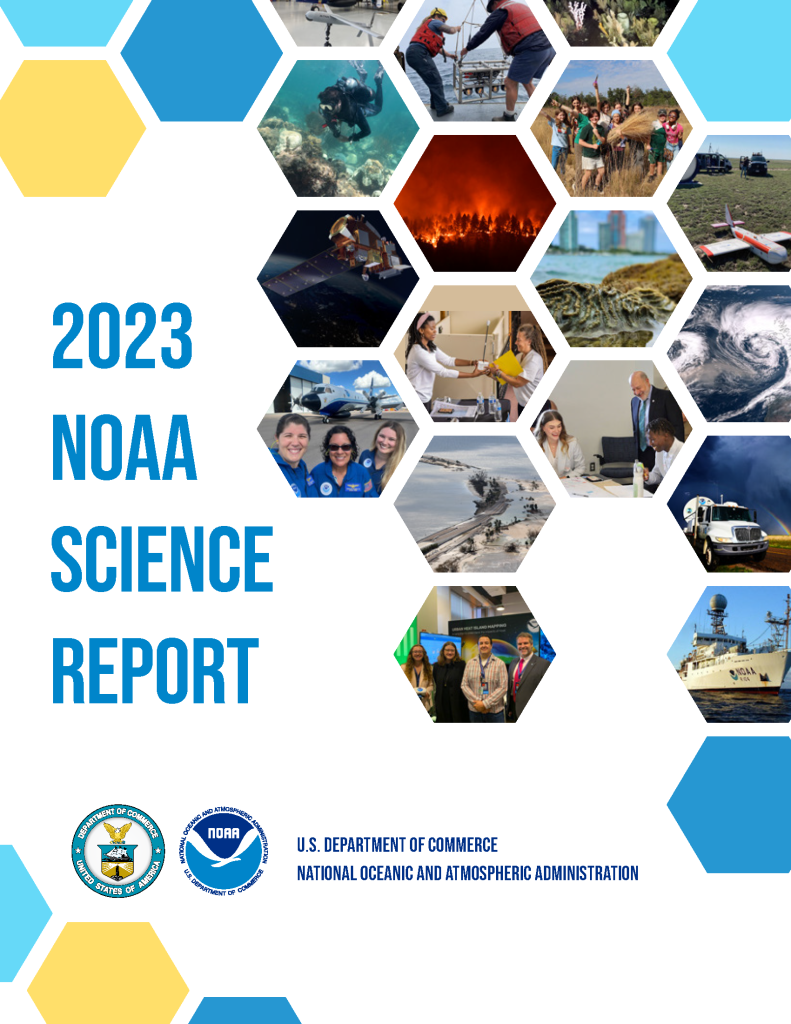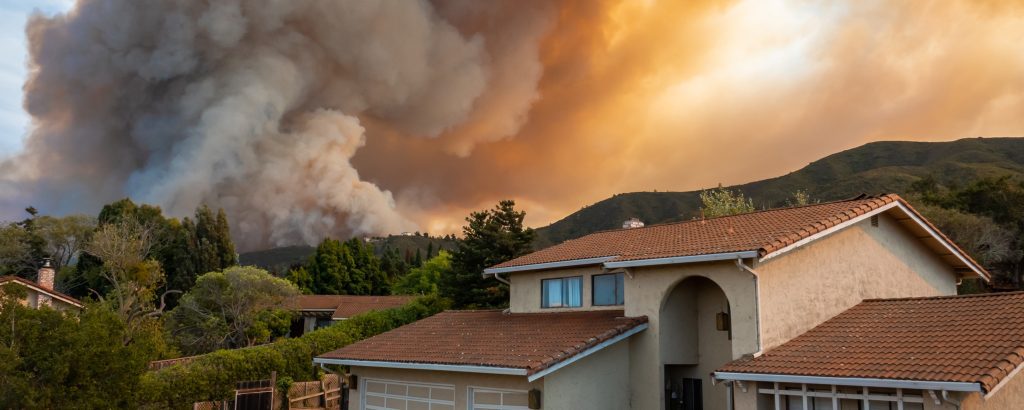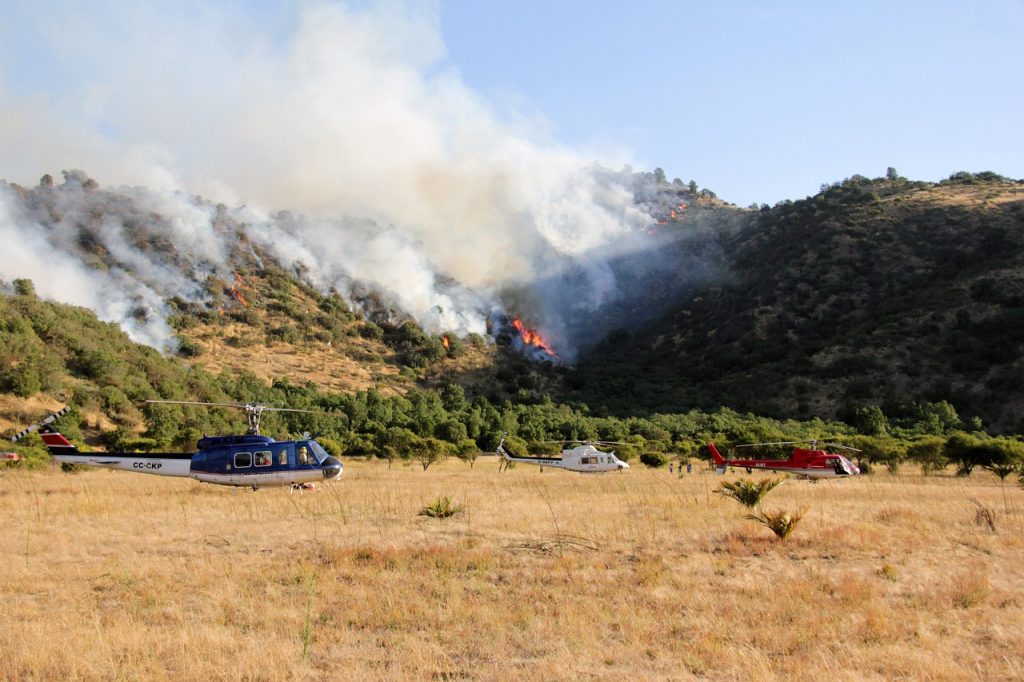Scientists uncover future drought patterns and their impacts on global water resources
A new study projects that under the highest-emission scenario, 62 percent of the world’s land area could face more frequent and severe multi-year droughts, highlighting urgent challenges for global water resource management.
Scientists uncover future drought patterns and their impacts on global water resources Read More »


